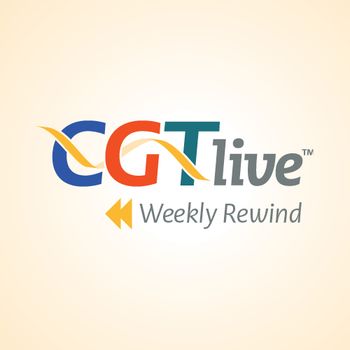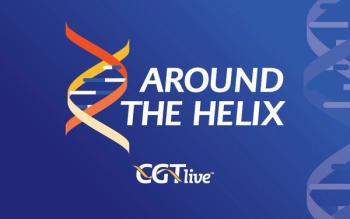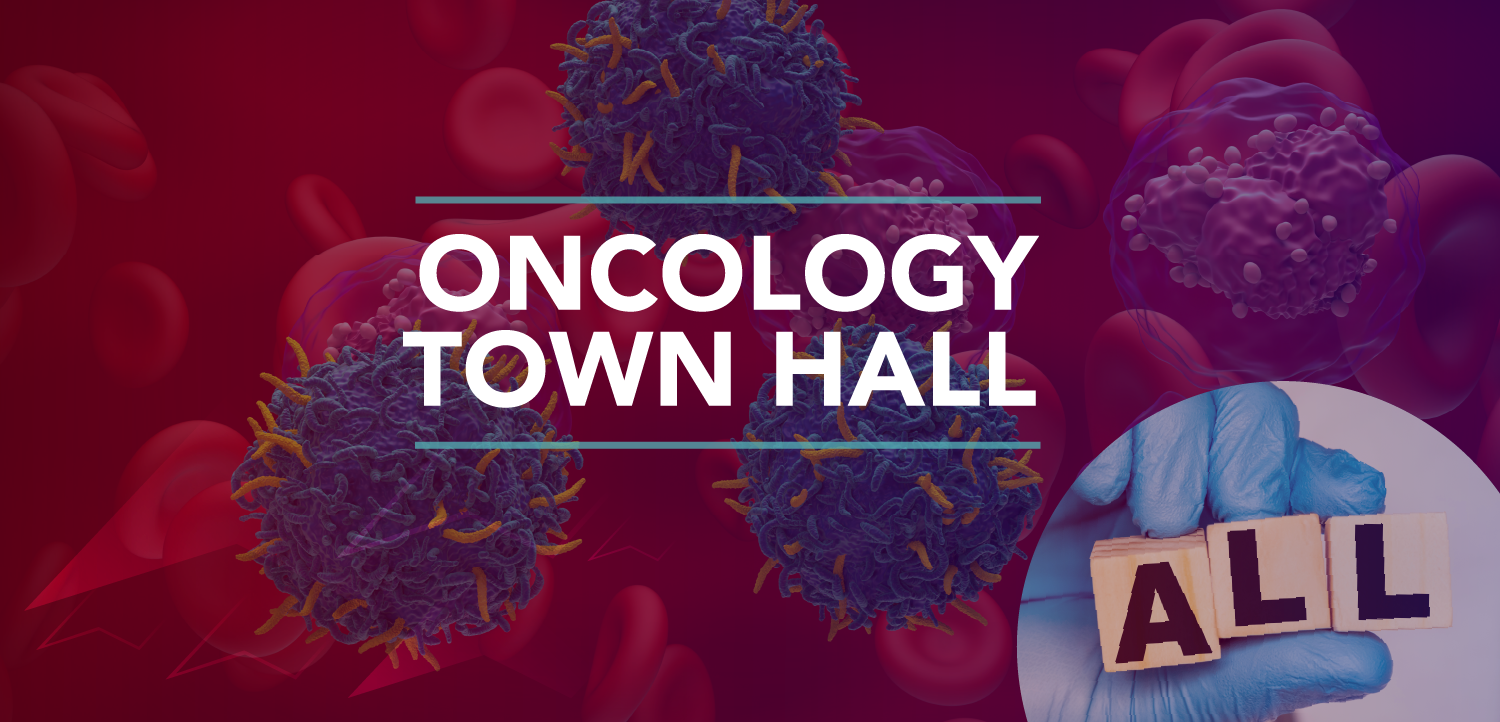
Ultragenyx Puts Rolling BLA for Glycogen Storage Disease Gene Therapy DTX401 in Front of FDA
Ultragenyx anticipates that the full BLA will have been submitted in the fourth quarter of this year.
Ultragenyx has begun the submission of a rolling biologics license application (BLA) to the FDA for DTX401, an investigational adeno-associated virus serotype 8 (AAV8) vector gene therapy expressing the human G6PC gene that is intended to treat Glycogen Storage Disease Type Ia (GSDIa).1
The company noted that the nonclinical and clinical modules have been submitted, and the chemistry, manufacturing, and controls information will be submitted later. Ultragenyx anticipates that the full BLA will be submitted in the fourth quarter of this year.
The BLA is supported by 96-week data from the randomized, placebo-controlled phase 3 GlucoGene clinical trial (NCT05139316). In comparison to previously reported 48-week data, the 96-week data showed that patients in both the ongoing DTX401 group and the crossover placebo to DTX401 group had greater reductions in their total daily cornstarch at their most recent visit compared to baseline. Specifically, the ongoing DTX401 group showed a 60% reduction from baseline at 96 weeks, and the crossover placebo to DTX401 group showed a 64% reduction from baseline at 96 weeks.
Notably, Ultragenyx recently
“We have been diligently responding to the recent CMC observations, and our priority is to resolve them so that we can resubmit the BLA as soon as possible,” Emil D. Kakkis, MD, PhD, the chief executive officer and president of Ultragenyx, said in a July 2025 statement.2 “We believe the CMC observations are readily addressable, and many have already been addressed. While the CRL will delay the potential approval of UX111 to 2026, we are working with urgency to respond and resubmit.”
With this in mind, Ultragenyx noted that it is incorporating learnings from the experience with UX111 into its BLA submission for DTX401.1 Specifically, the company pointed out that the BLA will contain updates meant to “proactively respond” to the FDA’s observations in the UX111 CRL and at Ultragenyx’s manufacturing facilities for its gene therapy products.
“Initiating the BLA for DTX401, for the potential treatment of GSDIa, is an important milestone for this much-needed treatment option for individuals and families affected by this disorder,” Eric Crombez, MD, the chief medical officer at Ultragenyx, said in the press release announcing DTX401’s rolling BLA submission.1 “Currently, patients are required to take large and frequent doses of cornstarch to protect themselves from the risk of potentially life-threatening hypoglycemia. By granting a rolling review, the FDA can begin reviewing the nonclinical and clinical sections of the BLA, where we demonstrate the clinically significant reduction in cornstarch burden and improved clinical outcomes, while we proactively resolve any relevant CMC and facility questions that were learned in our UX111 program. Over the next few months, we expect to resolve the FDA’s observations and then complete our DTX401 BLA submission in the fourth quarter of this year.”
REFERENCES
1. Ultragenyx initiates rolling submission of biologics license application (BLA) to U.S. FDA for DTX401 AAV gene therapy for the treatment of glycogen storage disease type Ia (GSDIa). News release. Ultragenyx Pharmaceutical Inc. August 18, 2025. Accessed August 26, 2025. https://ir.ultragenyx.com/news-releases/news-release-details/ultragenyx-initiates-rolling-submission-biologics-license
2. Ultragenyx receives complete response letter from FDA for UX111 AAV gene therapy to treat sanfilippo syndrome type A (MPS IIIA). News release. Ultragenyx Pharmaceutical Inc. July 11, 2025. Accessed August 26, 2025. https://ir.ultragenyx.com/news-releases/news-release-details/ultragenyx-receives-complete-response-letter-fda-ux111-aav-gene
Newsletter
Stay at the forefront of cutting-edge science with CGT—your direct line to expert insights, breakthrough data, and real-time coverage of the latest advancements in cell and gene therapy.











































